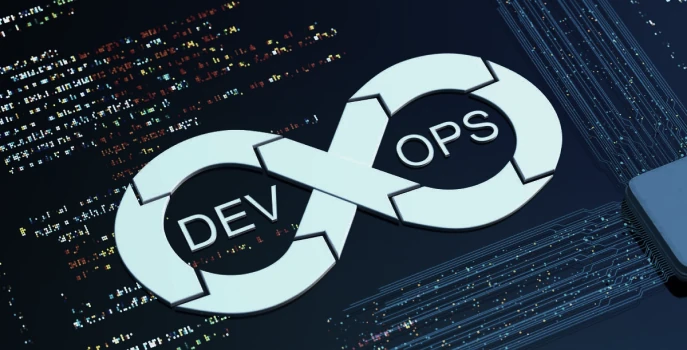
In the dynamic landscape of IT projects, the ability to foresee and mitigate risks is a crucial determinant of success. Proactive risk management not only minimizes potential pitfalls but also enhances the overall efficiency and delivery of projects. In this article, we explore key approaches and strategies for effective risk management in IT projects.
Early identification of potential risks sets the foundation for successful risk management. Conduct thorough risk assessments at the project initiation phase. Engage project stakeholders, including developers, QA teams, and clients, to gather diverse perspectives and insights. Leverage tools like Risk Registers to systematically record identified risks.
Implementing risk analysis techniques aids in understanding the impact and likelihood of identified risks. Techniques such as SWOT analysis (Strengths, Weaknesses, Opportunities, Threats) and Probability-Impact Matrix provide a structured framework for evaluating and prioritizing risks.
Once risks are identified and analyzed, it’s imperative to develop a comprehensive risk response plan. This plan should outline specific strategies for addressing each identified risk. For example, if a key team member’s availability is a risk, a response could involve cross-training team members to ensure knowledge redundancy.
Risk Response Strategies:
- Acceptance:
- Acknowledge the risk but decide not to take any proactive action.
- Appropriate for low-impact, low-likelihood risks.
- Avoidance:
- Implement measures to eliminate the risk or its impact.
- Common for risks that can be entirely avoided.
- Mitigation:
- Develop and implement actions to reduce the probability and/or impact of a risk.
- Often involves proactive planning and preparation.
- Transfer:
- Shift the risk to a third party, such as through insurance or outsourcing.
- Applicable when the risk can be better managed by another party.
Numerous tools are available to streamline the risk management process. Tools like ARM (Active Risk Manager) and ProjectManager.com offer features such as risk identification, assessment, and monitoring. Integration with project management tools ensures a cohesive approach to project and risk management.
Risk management is an ongoing process that requires continuous monitoring and adaptation. Regularly revisit and update the risk register as the project progresses. Implement real-time monitoring tools to track project variables and detect potential deviations from the project plan. Foster a culture where team members at all levels are encouraged to identify and communicate potential risks. Conduct regular risk management workshops to enhance the risk awareness of team members. This open communication ensures that risks are identified and addressed promptly.
In addition to identified risks, it’s essential to prepare for unforeseen events through scenario planning. Develop contingency plans and conduct scenario-based simulations to assess the team’s readiness to handle unexpected challenges. Collaborate with clients throughout the risk management process. Clients often bring unique perspectives and insights into potential risks associated with project goals and outcomes. Establish open communication channels to address client concerns and expectations regarding project risks.
Hold regular risk review meetings to assess the effectiveness of risk response strategies and identify emerging risks. Use these meetings to update stakeholders on the status of existing risks and ensure alignment between project objectives and risk management efforts.
Document all aspects of the risk management process, including identified risks, response plans, and outcomes. After project completion, conduct a thorough analysis of the effectiveness of risk management strategies. Capture lessons learned and integrate them into future projects for continuous improvement.
Structure of a Lessons Learned Document:
- Project Information:
- Project name, date, and key project details.
- Project manager and key team members.
- Objective:
- Clearly state the purpose of documenting lessons learned.
- Risk Management Process Overview.
- Identified Risks:
- Include details such as the nature of the risk, its potential impact, and the team’s initial response.
- Effectiveness of Responses.
- Unforeseen Risks:
- Discuss how these risks were handled.
- Action Plan Effectiveness.
- Impact on Project Timeline and Budget.
- Team Feedback:
- Include insights on what worked well and areas for improvement.
- Recommendations.
By adopting these proactive approaches to risk management, IT projects can navigate challenges more effectively, enhance overall project resilience, and increase the likelihood of successful outcomes. Embrace a culture of continuous improvement and adaptability to ensure that risk management remains a dynamic and integral aspect of your IT project lifecycle.


